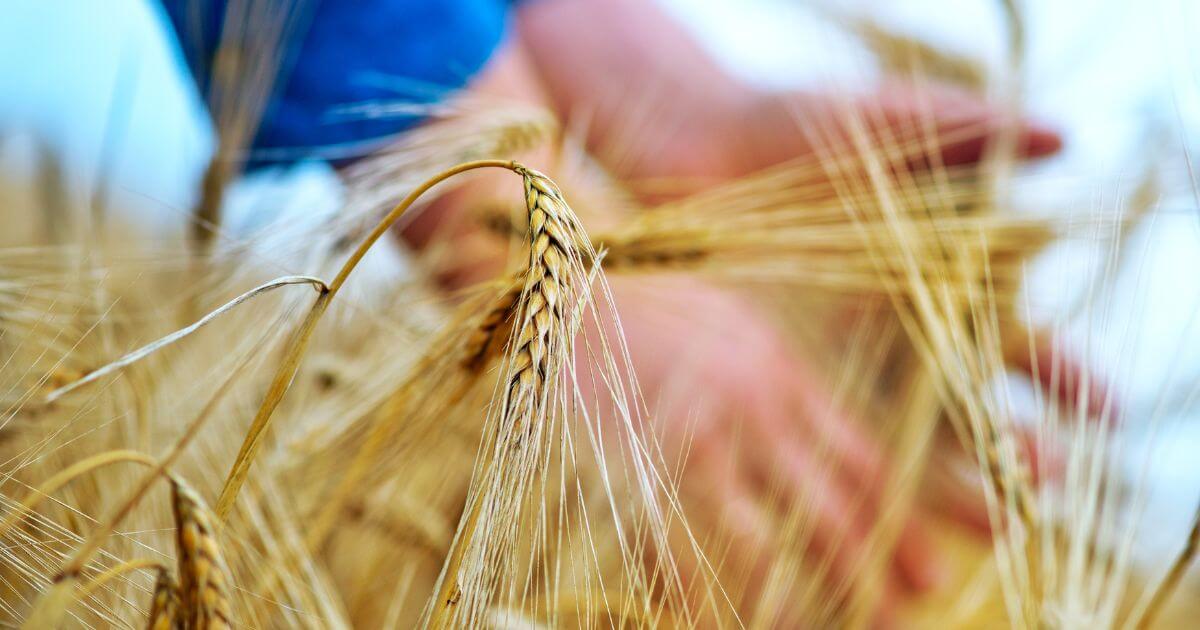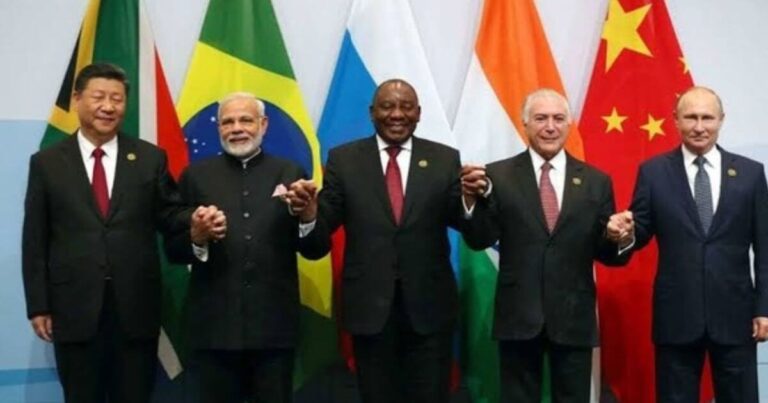Ukraine wheat farmers sow despite war, but exports at risk
As Ukrainian agriculture heads toward its 2024 harvest, an intriguing narrative unfolds. Despite wartime export crises and logistics costs, one official from farming revealed to Reuters on a recent Tuesday that Ukrainian farmers remain committed to winter wheat cultivation; such news sheds light on their resilience and resolve.
Once an industry powerhouse in wheat production, Ukraine is now engulfed by war. As the Black Sea corridor – once considered reliable for transporting grains safely – disintegrates into chaos, speculation swirls as to whether farmers may reduce the size of their wheat fields due to tightening margins as costlier export routes come into play.
But on a Monday of great importance, the agriculture ministry presented survey data as a roadmap to the future and painted an intimation that winter wheat sowing may reduce significantly over time. At the same time, winter rape cultivation soared upward toward unprecedented heights during 2024.
Yet, as Tuesday dawned, another perspective began to take form. Taras Vysotskiy, first deputy minister of agriculture, took to the stage, and his words struck a chord of moderation and moderation. If reduction were to occur at all, it might only amount to 0.1% at most.
“Wheat output should remain steady–less than 0.1%,” was his bold proclamation, something no one had heard in public discourse.
An elaborate dance of deduction was performed, with potential cuts to wintry sowing yielding room for other cereal species to flourish. Barley was chosen as a noble grain for a 5.4% reduction in winter sowing.
Ukraine made history in 2023 when they created an expansive tapestry of winter wheat-rich land covering an astounding 4.1 million hectares and winter barley at only 615,00 hectares; winter wheat reigns supreme as its production comprised 95% of their entire grain production output.
Farmers had long laboured tirelessly, reaping the fruits of their efforts in 2023’s wheat harvest of 21.94 million metric tons – an outstanding effort compared with 2022’s 20.7 million tons harvest.
The ministry’s policymakers kept quiet on its grand sowing expense for 2024; however, there was talk of an increase of 8 per cent over its previous chapter to an estimated crescendo size of 0.5 million crescendi.
There was a theory afloat that an increase in winter crops, particularly oilseeds favoured by cold temperatures, might cast a shadow upon spring grain varieties like corn and barley that thrive in warmer climes. Corn and barley would feel this strain most directly.
Once limited in its export capacity, Ukraine now navigates through small river ports on the Danube and with European Union member nations on its western side. Due to this convergence of circumstances, local cultivators adapted their plans from grain production towards oilseed production; these seeds, costly but less demanding in yield, create an entirely different narrative across their fields.
So, the threads of fate converge. In its agricultural story, Ukraine subtly altered its course last year by shifting away from corn towards sunflowers as an emblem of adaptability.
As the curtains fall, Pavel Polityuk’s words echo through the air like an echo from an echo, marking an ending note for a chapter yet to come. Time marches onward, and Ukraine remains a canvas upon which this story of agriculture unfolds through nature’s hand and farmers’ dedication.
Source: Reuters







